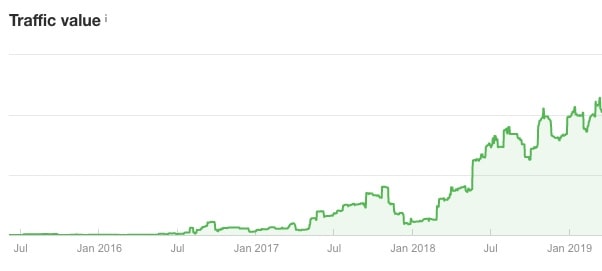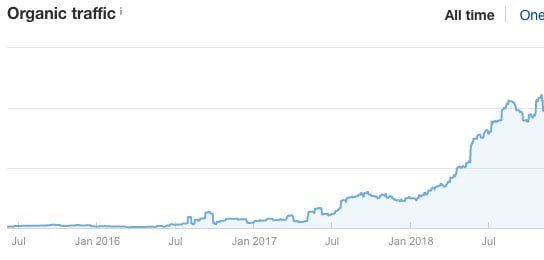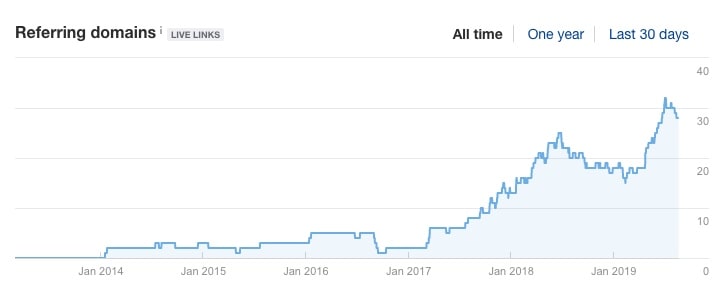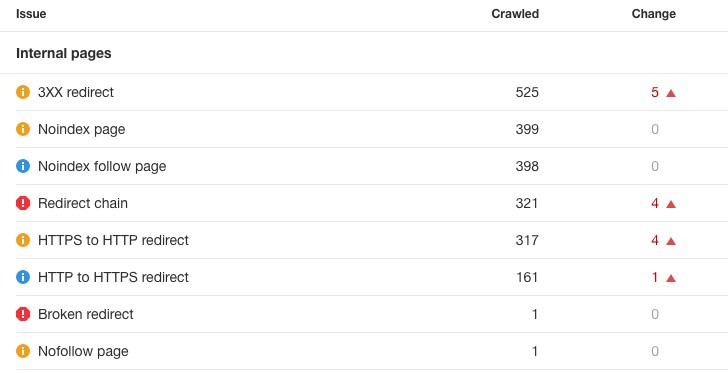Medical SEO: How To Drive Inbound Leads In Healthcare
Reaching the right customers in the medical field is a challenge.
There’s “Facility Manager Fred” who typically dwells in the basement of a hospital.
Or “CNO Sarah” who wonders how (and why) she became so focused on patient satisfaction scores.
Fortunately, through trial and error, we have identified a few medical SEO marketing tactics to help your company reach prospects.
In this post, we will share a client story as well as some of the marketing strategy that was deployed.
Let’s start with our client’s challenge:
The challenge is that most of our client’s prospective customers weren’t going to Google and typing in their product name. In fact, the search volume of their specific products was about 20-30 searches per month. If they ranked #1 for these terms, then it would only produce a trickle of traffic.
Despite the challenge, here’s what we did within 12 months:
- 5x year over year growth with organic search traffic
- First page Google search results for keywords around “hospital” and “patient care” related terms
- Average of 10 demo requests (inbound leads) per month through organic search
Here’s how we did it (and, still do it for companies through our SEO services):
SEO Content
There are three objectives we have when approaching any SEO engagement.
- Replace or reduce dependency on paid ads
- Increase the number of keywords a website ranks for organically
- Increase traffic to increase leads
Our hopeful healthcare client was spending a considerable amount on paid ads each month. They operated on a WordPress website. And, they ranked organically for only their own company branded keywords.
We had some work to do.
To get started with content, here’s what we focused on:
- Identify long-tail keywords prospective customers are inclined to search
- Create content strategy with a plan on how to rank for our identified keywords
- Audit page title tags and meta descriptions to ensure each primary page is optimized for specific keywords
- Implement page title tags and meta descriptions
- Create SEO optimized content targeting keywords
We created about 4 SEO optimized pieces of content per month, including blog posts and landing pages. Once we found a regular frequency, we saw some nice results in terms of keywords appearing in search results:

The rise in keyword rankings allowed us to decrease the previous paid ad budget. This chart shows the rise in traffic value (the equivalent value of the organic traffic if it were acquired via PPC):

And of course, these upward trends extended to organic search traffic:

Then, our client enjoyed the ultimate result at the end of the funnel: inbound leads! On average, we generated 10 inbound leads per month.
Digital PR
In addition to content, we needed to get in front of prospective customers. To do this, we aimed to get our client in the online publications prospects were reading.
This called for a Digital PR campaign. First, we identified a few narratives our client consistently verbalized with prospects. Then, we began pitching bloggers, influencers, and journalists of medical related publications.
The result was a steady flow of secured placements in online publications. We could easily measure the impact of this work by taking a look at Digital Marketing KPIs like referring domains, referral traffic, and demo requests derived from these sources.

The Digital PR campaign served a dual purpose. External publications drive brand awareness, referral traffic, and backlinks. Backlinks help boost domain authority. Domain authority enables content to outrank the competition.
And that’s exactly what we saw. Our content shooting up the rankings.
Technical SEO
In week 1 we dove into our client’s WordPress website and conducted a SEO audit.

The audit focused on technical issues like accessibility of content, site structure, and crawling. By identifying and implementing Technical SEO website and server optimizations, we were able to ensure a solid foundation.
As a result, this foundation enabled content to be indexed by search engines and discovered by prospective customers.
Learn more: What is Technical SEO?
Let’s Review
Here’s what we covered about utilizing medical SEO to drive inbound leads in healthcare:
- Creating content targeting keywords outside of your products and services can reach the right customer
- Optimizing page title tags and meta descriptions maximizes existing content to rank for search queries
- Digital PR can help get a brand in front of prospects by appearing in relevant online publications
- Technical SEO ensures that the foundation is structurally sound, and can support what is being built
- Measuring success can be found in the increase of inbound leads, reduction in paid ad spend, and increase in brand visibility
What’s Next?
If you Google “small business SEO” you’ll most likely find Markitors on the first page of search results.
Of all the agencies who offer Medical SEO services, Google consistently shows us love in the rankings.
We get results. We practice what we preach. And we believe in having a good time while connecting our clients with customers.
If you are interested in working with us, get in touch with us. We will set up an initial call to learn about your objectives, put together a proposal with relevant case studies, and then walk you through all the details to ensure there is an alignment between your objectives and our services.








